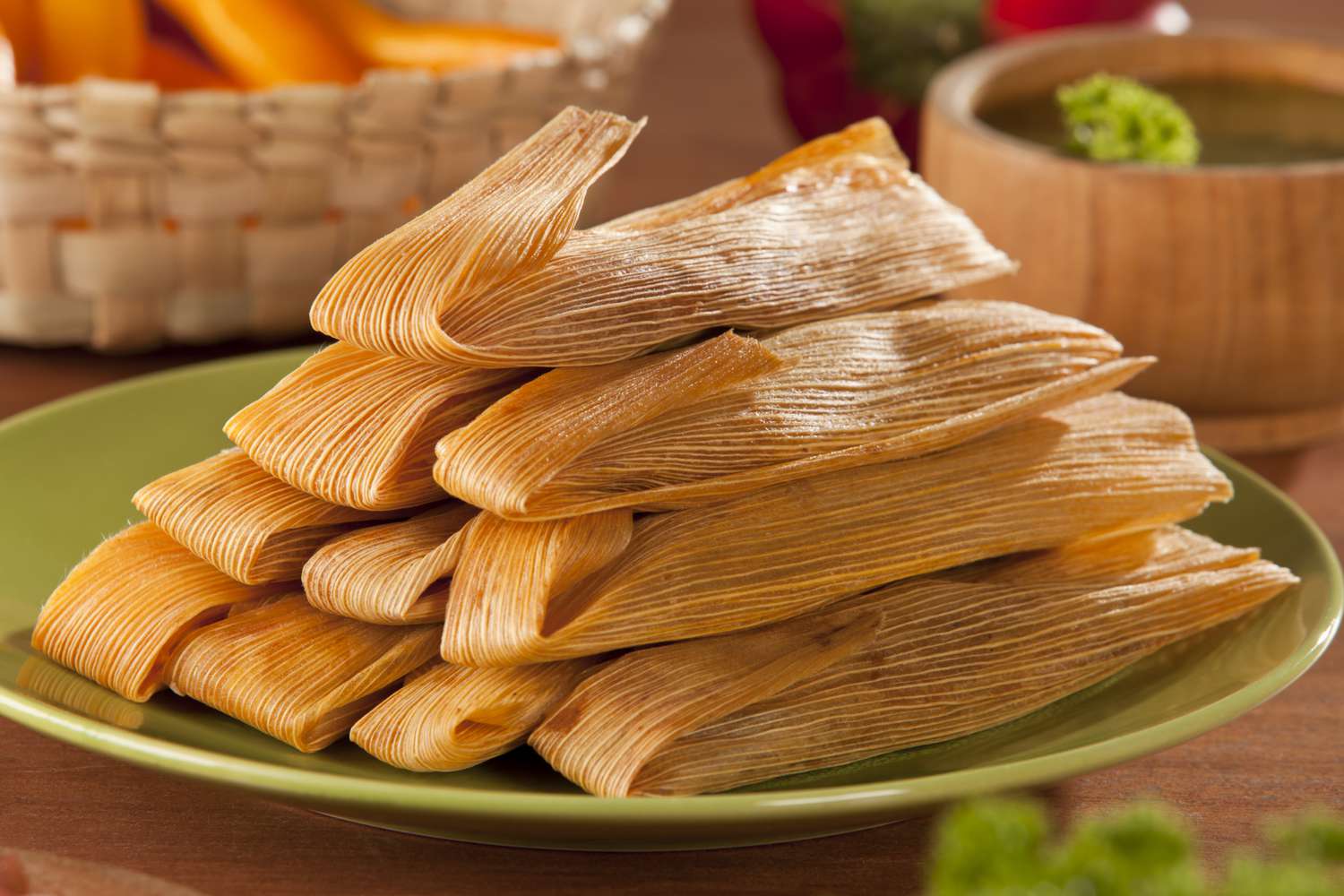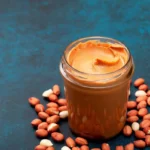
Tamales have been a part of Mesoamerican cuisine for centuries, with evidence of tamale-making dating back to as early as 5000 BCE. Tamales were a staple food in ancient Mesoamerican cultures, and were made using a variety of ingredients such as corn, beans, chilies, and meat. Tamales were often used in religious ceremonies and celebrations, and were considered a special food reserved for important events.
Tamales were a popular food for soldiers and travelers in ancient Mesoamerica, as they were easy to carry and could be eaten on the go. The Aztecs, Mayans, and Incas all consumed tamales as a source of sustenance during long journeys, and it is believed that tamales were a staple food for soldiers during wartime.
Tamales were a valuable commodity in ancient Mesoamerica, and were often used as a form of currency. The Aztecs, for example, used tamales as a means of exchange in local markets, and it was not uncommon for merchants to trade goods for tamales. Some historians believe that tamales were even used to pay tribute to rulers, and were a symbol of wealth and status in Mesoamerican society.
The word “tamale” has its origins in the Nahuatl language, which was spoken by the Aztecs and other indigenous peoples of Mexico. The Nahuatl word for tamale is “tamalli,” which means “wrapped food.” The word has since been adopted into English and is now commonly used to refer to this traditional Mesoamerican dish.
Tamales are made from masa, a type of dough made from corn that has been soaked in an alkaline solution, which gives it a distinctive flavor and texture. The masa is then filled with various ingredients, such as meat, vegetables, cheese, or fruit, and wrapped in a corn husk. The tamales are then steamed until cooked through, resulting in a moist and flavorful dish. Tamales can be made with a variety of fillings, and are often seasoned with spices and herbs to enhance their flavor.
After the masa dough is prepared, it is spread onto a corn husk, and the filling is placed in the center. The corn husk is then wrapped around the filling and the dough, creating a little package. The ends of the corn husk are then folded inwards to enclose the filling, and the tamale is then steamed until the masa is fully cooked. The corn husk not only helps to hold the tamale together but also imparts a unique flavor and aroma to the tamale during the steaming process.
Tamales have a special place in Mesoamerican culture and are often associated with celebrations and special occasions. In Mexico, tamales are a staple food during Christmas, and it is estimated that billions of tamales are eaten during the holiday season. In some regions of Mexico, tamales are also a traditional food for Dia de los Muertos, a holiday that honors the deceased.
Tamales are a beloved food in Mexico, especially during the holiday season. It is estimated that during the Christmas season alone, Mexicans consume billions of tamales. Tamales are often made in large batches and shared among family and friends, making them a symbol of togetherness and community.
The tradition of making and eating tamales was not limited to Mesoamerica, but was also practiced by the indigenous peoples of the southwestern United States, such as the Pueblo, Navajo, and Apache. These tribes would make tamales using local ingredients, such as corn, beans, and wild game. Today, tamales are still a popular food item in the southwestern United States and can be found at many Mexican restaurants and markets.
During the California Gold Rush in the mid-1800s, tamales became a popular food item among the gold miners. Tamale vendors would set up shop near the gold fields and sell their tamales to the miners for a few cents each. Tamales were an ideal food for the miners because they were portable, filling, and could be eaten on the go. Today, tamales are still enjoyed by many in California and are a staple food in Mexican cuisine.
During the early 20th century, many immigrants from Mexico came to the United States in search of work. As they settled in urban areas such as Los Angeles and San Francisco, they brought with them their culinary traditions, including tamales. Pushcart vendors would sell tamales on the streets, making them a popular food item for people on the go. Today, tamales can still be found at street vendors in many cities throughout the United States.
On October 7, 2000, the world’s largest tamale was made in Mexico City as part of a celebration of the city’s 1,000th anniversary. The tamale measured 1.5 meters in diameter, weighed over 1 ton, and contained over 1,000 pounds of masa, 400 pounds of meat, and 200 pounds of sauce. It took a team of 50 people to make the tamale, which was then sliced into 25,000 portions and served to the public.
While tamales are traditionally associated with Mexican cuisine, they are also popular in other Latin American countries. In Honduras, tamales are often made with chicken or pork and are served with a tomato-based sauce. In El Salvador, tamales are made with a sweet corn dough and are filled with chicken or pork, olives, and peppers. In Colombia, tamales are made with a corn dough, filled with chicken or pork, vegetables, and spices, and wrapped in plantain leaves.
In Mexico, tamales are often eaten for breakfast or as a midday snack, and they are traditionally served with a side of hot chocolate. The hot chocolate is often made from scratch using a Mexican chocolate tablet, which is melted into milk and then frothed to create a thick, creamy drink. The combination of the warm, spicy chocolate and the savory tamale is a classic pairing in Mexican cuisine.
The city of Tamale is the fourth largest city in Ghana and is located in the northern part of the country. The city’s name is derived from the word “tamale,” which refers to a type of steamed cake made from cornmeal that is similar to a tamale. Tamales were brought to the region by Muslim traders who traveled to West Africa from the Middle East. Today, tamales are still a popular food item in West Africa and are often made with cornmeal or rice flour and filled with meat, vegetables, or fish.
The Tamale Festival in Indio, California, is one of the largest festivals celebrating tamales in the United States. It takes place every December and features a variety of tamales from different regions and cultures, as well as live entertainment, arts and crafts, and carnival rides. The festival draws thousands of visitors each year and has become a major cultural event in the region.
Tamales are believed to have been served at the first Thanksgiving meal between the Pilgrims and the Wampanoag tribe. According to historical records, the Wampanoag brought a dish of cornmeal, beans, and small game, which could have been a type of tamale. While it is not certain whether tamales were actually present at the meal, it is possible that they played a role in the early history of Thanksgiving.
The Aztecs believed that the god Quetzalcoatl invented tamales. According to legend, Quetzalcoatl stole corn from the underworld and used it to create masa, which he then formed into tamales and gave to the people. Tamales were seen as a sacred food that symbolized the divine connection between the living and the dead.
The Spanish conquistadors were introduced to tamales by the Aztecs and quickly adopted them as a staple food. They also introduced new ingredients and cooking techniques, such as adding pork and spices to the filling, and wrapping the tamales in banana leaves instead of corn husks. Tamales became a popular food throughout Mexico and were soon exported to other parts of the world.
Tamales were also a popular food item among African slaves in the southern United States. Slaves were often given leftover scraps of meat and vegetables, which they would use to make tamales. Tamales became a symbol of African-American culture and were often sold on the streets as a cheap and filling meal. Today, tamales are still a popular food in the southern United States, especially during the holiday season.
In some regions of Mexico, tamales are traditionally eaten on Fridays. This tradition dates back to the pre-Columbian era, when the Aztecs would offer tamales as a sacrifice to their gods on Fridays. Today, many families in Mexico still follow this tradition and consider tamales a special treat to be enjoyed on Fridays.
In Guatemala, tamales are often served with a side of spicy tomato sauce. This sauce, known as recado, is made from a combination of tomatoes, chilies, and spices, and is used to add flavor and heat to the tamales. Tamales are a popular food in Guatemala and are often served during holidays and special occasions.
Tamales were also a favorite food of Mexican revolutionary Emiliano Zapata. Zapata, who led the Zapatista movement during the Mexican Revolution, was known for his love of tamales and would often share them with his fellow soldiers. Tamales became a symbol of the revolutionary movement and are still associated with Zapata’s legacy today.
Tamales can be sweet or savory, depending on the filling. Sweet tamales are often filled with ingredients like raisins, cinnamon, and sugar, while savory tamales are typically filled with meat, vegetables, or cheese. In some regions, tamales are also made with sweet corn instead of masa, which gives them a unique texture and flavor.
Tamales are often served with a side of salsa, guacamole, or sour cream. These condiments help to add flavor and balance to the tamales, and are often used to cool down the spiciness of the filling. In addition to these traditional condiments, tamales can also be served with a variety of other toppings, such as shredded cheese, chopped onions, or cilantro.









